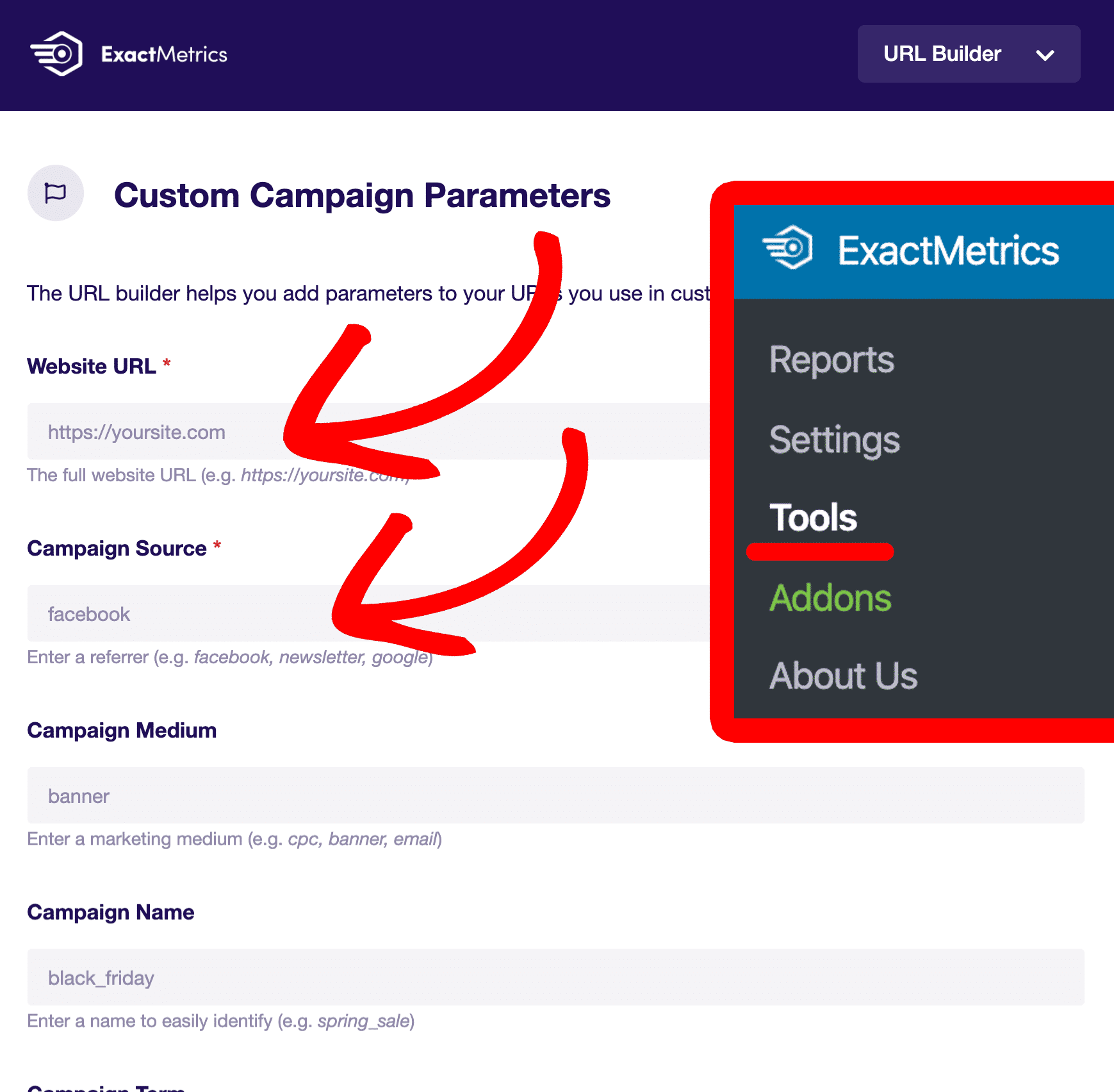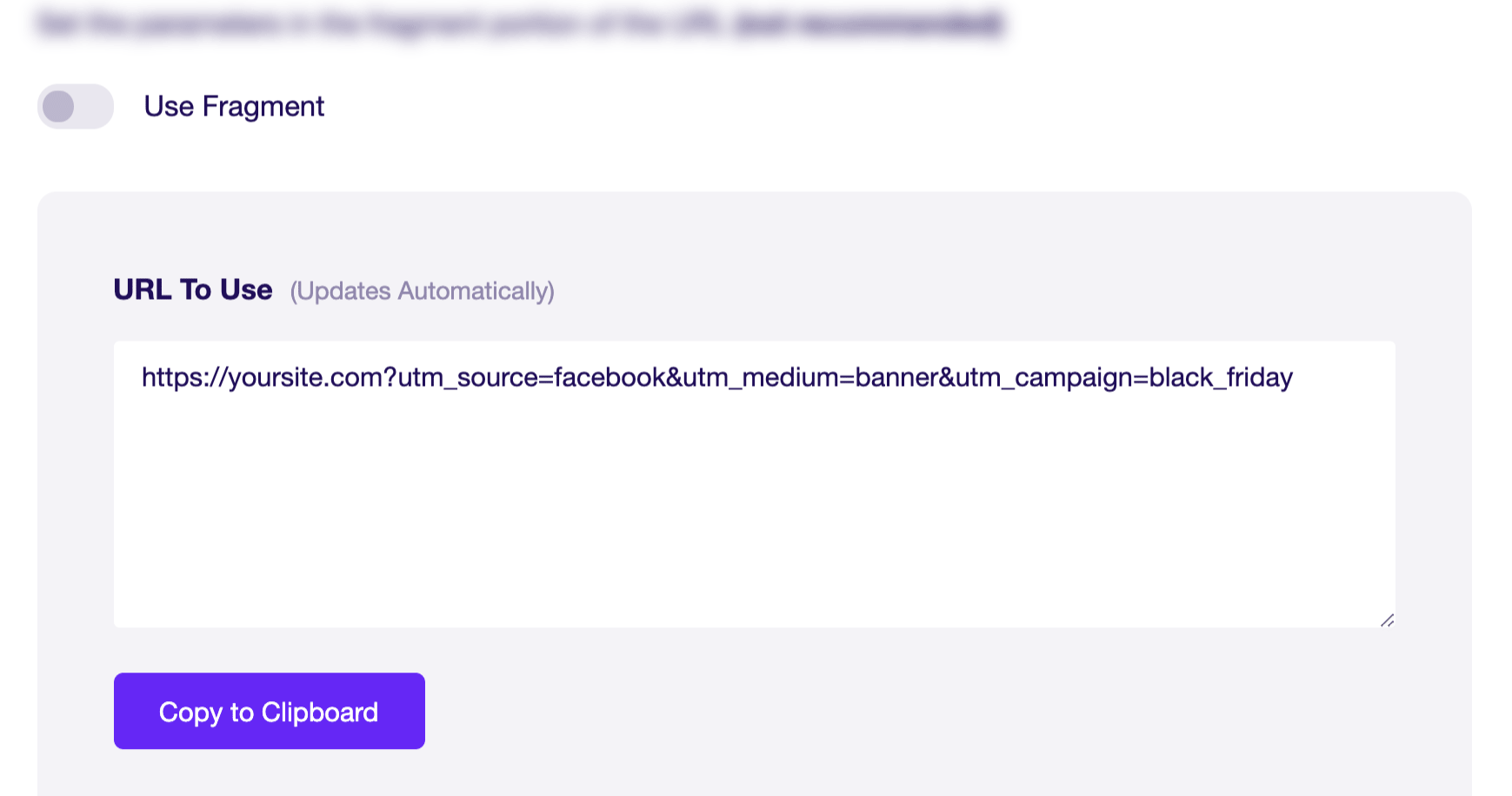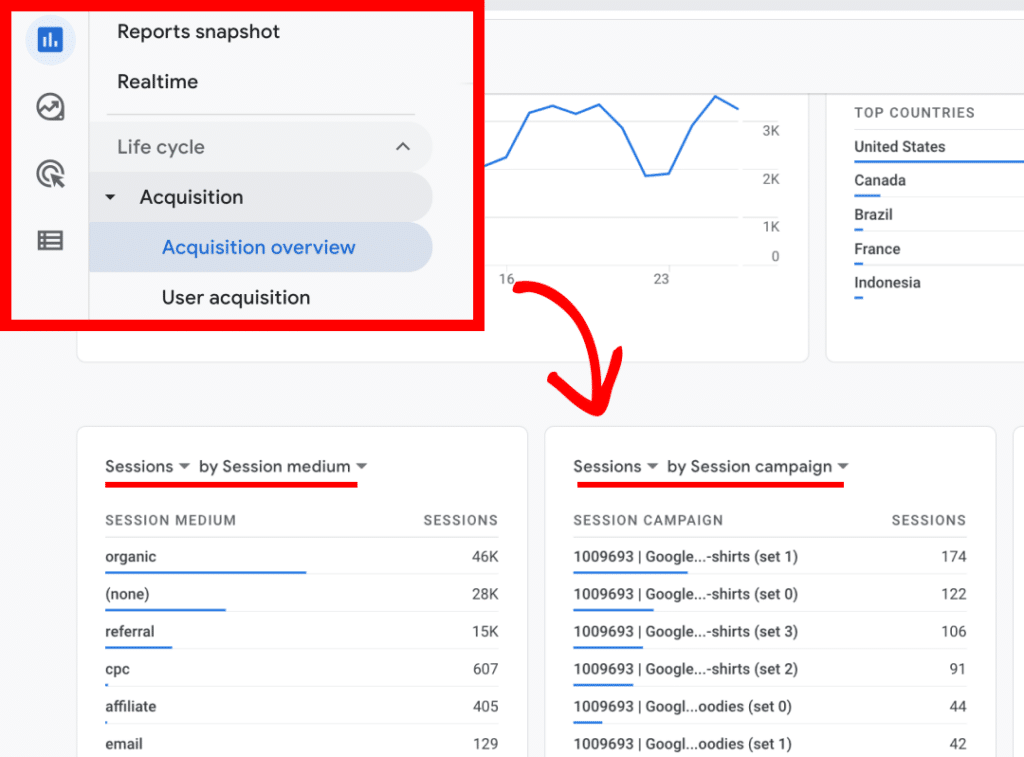Want to learn more about UTM tracking codes? In this guide, we answer some of the most frequently asked questions.
If you’re new to UTM codes you might be wondering:
- What are UTM Tracking codes?
- What does UTM stand for in Google Analytics?
- Where do I find my UTM Code in Google Analytics?
Or if you already have a basic understanding maybe you’d like to know:
- How do I set up UTM Tracking?
- What problems do UTM Codes Solve?
Additionally, we’ll also provide UTM example URLs, details on UTM parameter requirements and additional notes worth knowing.
Let’s get started!
What are UTM Tracking Codes?
UTM tracking codes are parameters found within the URL. It might look something like:
When a user visits your website with UTM parameters (utm_source, utm_medium, and utm_campaign) attached to the URL, it lets Google Analytics know that the site visitor arrived at your website through a source that’s assigned to an overall marketing channel which is part of a specific marketing campaign.
This means you or your marketing teams will be able to see if your marketing efforts are driving traffic, if they’re getting you the best return-on-investment and much more.
What problems do UTM Codes Solve?
Without UTM codes you would still see traffic on your website coming from Facebook, Google, and other sources as normal. But you’ll also see a lot of “direct” traffic.
The problem is sometimes Google Analytics will not receive Referral information when a visitor lands on your page. When this happens, Google Analytics thinks this visit as “direct” traffic. This means any email link clicks, push notification link clicks, and all doc or PDF link clicks such links back to your site you might include in your lead magnets, can show up as “direct” traffic.
This information is too limited when it comes to understanding why visitors are landing on your website, or to know if your marketing efforts are really paying off.
UTM helps Google Analytics capture the source of traffic more reliably, so you can see how and why your visitors are making their way to your website.
With this kind of information, you can determine if a marketing campaign is having a direct impact on your bottom line, or redirect your efforts to the campaigns that work best, saving yourself time and money.
What does UTM stand for in Google Analytics?
Prior to being Google Analytics, the early version tracking software was previously known as Urchin on Demand.
In 2005, Google purchased Urchin and was turned into Google Analytics.
Thus, UTM stands for “Urchin Tracking Module”!
How do I set up UTM Tracking?
By default, Google Analytics automatically tracks UTM codes. If you’d like to learn more, read how to create UTM codes for google analytics.
To set up UTM Tracking for your site you simply need to use a UTM builder to generate the following formatted URL:
You would then use this URL as a link for users to click on. This will allow you to track your marketing efforts across various campaigns.
In all versions of ExactMetrics, you can easily create campaign URLs with our URL builder from within your WordPress site.
You can find this under ExactMetrics » Tools.

Once you’ve filled out the relevant fields, ExactMetrics will generate a URL for you to use for your campaigns:

For more information check out our in-depth guide on how to create those UTM codes with ExactMetrics.
Where do I find my UTM Code in Google Analytics?
Within Google Analytics, you can find your UTM data at analytics.google.com » Reports » Life Cycle » Acquisition » Acquisition Overview.

For more details read where to Find UTM Tracking Code Results Data in Google Analytics.
UTM code example URLs
Here are some example UTM campaigns:
Example 1. Track referrals from a blog identified as “exampleblog” during a Summer Sale which is labeled “summer-sale”:
Example 2. For this next example, imagine we’re setting up an email newsletter campaign called “newsletter1” during a Summer Sale (“summer-sale”):
Additionally, maybe we’ll have multiple buttons in the email that users can click through. Maybe there’s one link at the top of the email, and one at the bottom. We can track each button separately by adding another parameter of “utm_content” with a value of “toplink” for the top button and etc:
Example 3. We can even track the performance of a push notification referral:
Each UTM tracking URL above will allow website owners to view what visitors do once they land on the website, what pages they view or find interesting, or even what items they end up purchasing as a result of the campaign.
UTM parameters requirements
UTM requirements generally include:
- Website URL
- Campaign Source
However, the following is usually recommended:
- Website URL
- Campaign Source
- Campaign Medium
Order of the keys of UTM parameters
The order of UTM parameters does not matter, it only matters that the required UTM parameters are being utilized and are properly formatted in your URL.
Additional UTM parameters notes
UTM parameters are case sensitive. For example “mailchimp” and “MailChimp” will show up as separate results.
When deciding on a marketing campaign it’s best to keep consistent when using your UTM parameters throughout your organization and website to avoid skewed data.
You did it! You’ve learned a little more about UTM tracking codes.
What’s next? Read more about UTM and ExactMetrics through these guides:
How to Create Campaign URLs With UTM Codes in ExactMetrics, and Where to Find UTM Tracking Code Results Data in Google Analytics.

